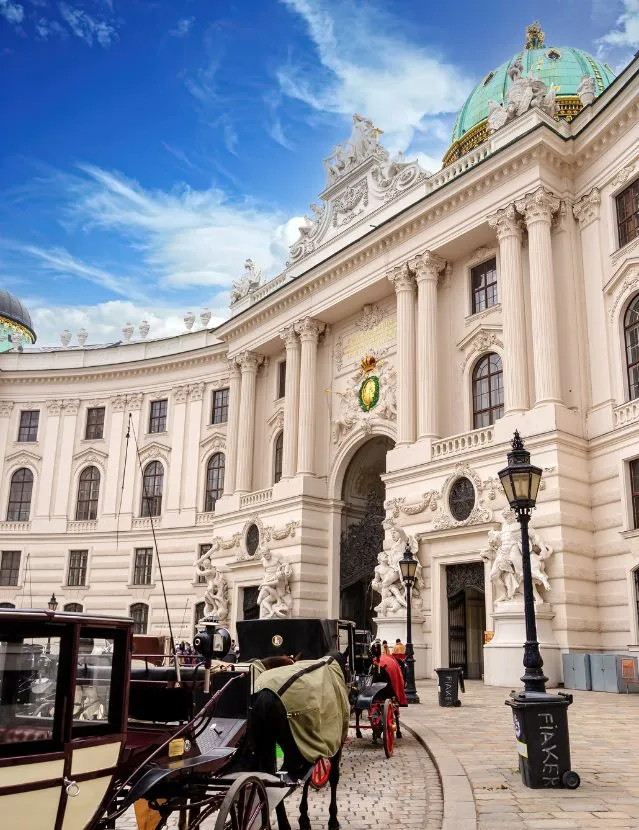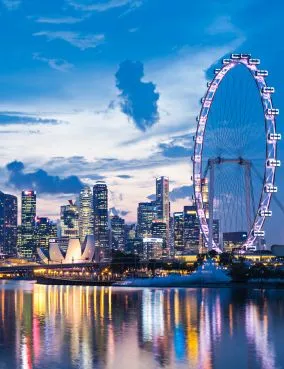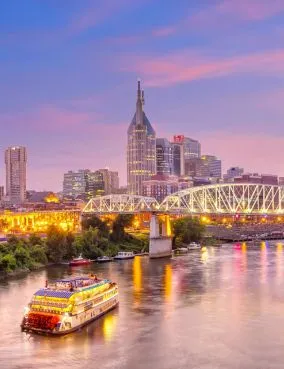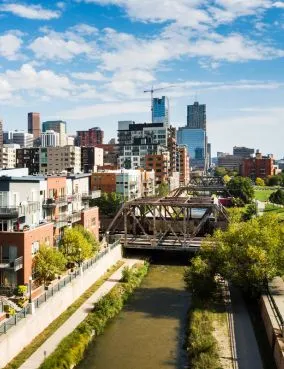Austin, the capital city of Texas, has often earned its reputation as one of the best places to live in the country. Located in Central Texas on the brink of the American Southwest, Austin has a rich history that goes back to the 1830s. It is named after Stephen F. Austin, who was the founder of Anglo Texas and is considered the “Father of Texas.” Austin has a lot to offer in terms of affordability, housing, culture, and quality of life. These factors make the city a popular destination for people looking to start a new beginning. If you are considering relocating to Austin for a better life, this comprehensive guide will help you make your decision easier.
11 Fascinating Facts about Austin that You Probably Didn’t Know
- The Austin area was first populated as early as 9200 BC. Stone artifacts have been discovered in modern-day Austin, which is proof of prehistoric Paleo-Indian Clovis culture.
- Austin is one of the sunniest cities in all of America. If you are not very fond of rain or cloudy weather, then you are in luck. On average, Austin has 300 sunny days out of 365.
- Austin receives 20 million tourists per year, which is more annual visitors than London, Hawaii, and Rome.
- The Austin was named as the best city to live in the United States in 2017 by US News & World Report
- Austin hosts the country’s only Formula One race championship. The racing facility is situated on the outskirts of Austin in Elroy and can accommodate 120,000 spectators.
- The State Capitol Building of Texas is the second-largest in the country, after the US State Capitol in Washington, DC.
- Austin has the largest bat colony in all of North America. Approximately 1.5 million bats come from below the Ann W. Richards Bridge right before sunset. You can witness this sight any day between March and October.
- Austin is roughly the same size as New York City in terms of square miles.
- Austin is lauded as the world capital of live music. It has almost 200 venues for live music and around 2000 bands and artists.
- Austin is also famous for its purplish light that covers the hilltops during winter evenings. This phenomenon gives the city its nickname “Violet Crown City.”
- Austin has been a filming spot for many famous movies, including Miss Congeniality, Spy Kids, and Office Space.
What is it Like Living in Austin?
Here’s a breakdown of what it’s like to live in Austin:
The Pros
- In addition to being the state capital, Austin is Texas’s cultural hub, making it an ideal destination for those considering relocating to Austin. It is famous for the University of Texas, live music, and delicious Tex-Mex cuisine. During the fall and spring seasons, the city is abuzz with music festivals, such as SXSW and ACL, which offer unique experiences from some of the best touring musical performances in the world.
- Austin’s main culinary exports include Tex-Mex items, including breakfast tacos, queso, Texas-style BBQ, and locally made beer. Besides the traditional cuisine, you can also find a range of other delicacies, prices, and dining experiences. This can range from a low-end food truck to a high-end Japanese restaurant.
- The city has a ton of great parks, hiking and biking trails, and a shared tech culture that is very welcoming. The famous Colorado River, which cuts through the heart of the city, also ensures the availability of numerous outdoor recreational opportunities. Besides appreciating the value of outdoor activities, Austinites are also quite environmentally friendly and caring.
- Austin is home to a highly educated workforce, and students can choose from a range of good local universities to attend.
- The weather of Austin is not the only warm thing about the city. The locals there are extremely sociable and hospitable, so you won’t ever have to feel alienated. If you don’t mind striking up conversations with strangers and making acquaintances, then you will find Austin very friendly.
The Cons
- The first potential con is that you will absolutely need a car to get daily tasks done. This is due to the lack of proper public transportation, which can make commuting difficult without a car. You can still take the bus if you like, but if you want to avoid long queues, a car will soon become necessary.
- The summer heat of the city is also quite unbearable at times when temperatures soar above 100 degrees Fahrenheit for several consecutive days. The average temperature in Austin from June to August is 96 degrees Fahrenheit. The hottest temperature recorded was on August 28th, 2011, when the thermometers hit 112 degrees Fahrenheit. However, there are a lot of water-related activities that you can indulge in during the scorching summer months. The city has many pools, water theme parks, and lakes within short driving distances.
- Compared to other cities like New York, Austin is relatively homogenous in terms of diversity. You will find people from different backgrounds on the city’s outskirts, but the different cultures rarely mingle.
- When considering relocating to Austin, it is no surprise that the traffic in the city would be insane. It is recommended that if you wish to relocate to the city, make sure your workplace is close by. Otherwise, you will waste much time commuting due to high traffic levels.
Cost of Living in Austin ?

Austin is a relatively costly place to live in, but its high wages often compensate for the high cost of living. Relocating to Austin, the average home in Austin will cost $367,100 in 2020, which is quite higher than the average in the USA ($299,000). The same average for the state of Texas is $247,210, which is evidently a lot more affordable. On the other hand, renting a house is a more reasonable option.
During the pandemic, rents in Austin significantly dropped, and the rent index went to $1,450 for a single-bedroom apartment. A two-bedroom apartment now costs $1,770. Since April 2020, rent prices have been going down, and rent growth has fallen above the state average of 11.7% at 19.2%.
In 2021, the average listing home price in Austin increased to $575,000, trending upwards by 22.6% year-over-year. The median cost per square foot totaled $300. Making housing decisions can be an overwhelming and tricky process, especially if you don’t have all the relevant data and proper guidance.
Getting Around in Austin ?

The majority of people in Austin own a car and commute through personal vehicles or carpooling (83%). The remaining 9% travel to work through public transportation, cycling, or walking—the final 8% work from home.
Due to the high dependence on cars for the daily commute, car-related costs can take up a lot of the median monthly income. These include gasoline, car payments, car insurance, and maintenance costs. Gasoline prices in Austin are lower as compared to the national average but slightly more when compared to the state average. During the past months, the price of gasoline rose to around $2.59.
Car insurance also costs a little less than in other Texan cities. However, the monthly insurance expense will depend on different factors like the location, your car type, and your driving history. To ensure you secure the best deal when relocating to Austin, take the time to explore the offerings of different car insurers.
When relocating to Austin, it’s important to note that the city is also notorious for its traffic, so make sure to always have some lead time before going somewhere. Many downtown streets are one-way, and there are very few street signs. Parking is also hard to find, so be ready to pay minimum parking fees.
Besides a car, you have the following to go around Austin:
Taxi
Taxi cabs are a pricier alternative to a bus or rental car, but they are a lot more convenient. You can easily hail a cab in the streets or use services like Lyft, Uber, and Ride Austin.
Walking and Cycling
Austin is considered a pedestrian-friendly city due to its myriad bike lanes, sidewalks, and crosswalks. You can easily cycle your way to and from work by renting bikes like Austin B-Cycle, and the Bike-share program. A lot of neighborhoods in the downtown area are also easy to navigate on foot.
Metro Buses
Austin has a metro bus system that accommodates over 1 million people and is sprawled over a 535 square mile area. The system has over 1600 bus stops and covers 82 routes. You can buy passes and plan your trips via the CapMetro application.
Metrorail
The MetroRail contains a total of nine stations and stretches all the way from Leander to downtown Austin. You can use this transport service six days a week, from Monday to Saturday. There are numerous packages and price points for different transportation passes that are available. In order to make sure that you have the right pass for your personal needs, check out Capital Metro’s website or download the app.
Fares start at just $1.25 for a single ride, making it an affordable choice for newcomers to Austin. You can also opt for a day pass at just $2.50, providing flexibility and ease as you embark on your journey of relocating to Austin.
Pedicabs
Pedicabs are small carts pulled by local cyclists. You can find this mode of transportation all throughout the city, and the drivers are licensed. There is no set cost for pedicabs, and drivers rely on tips.
Weather and Climate of Austin ?️
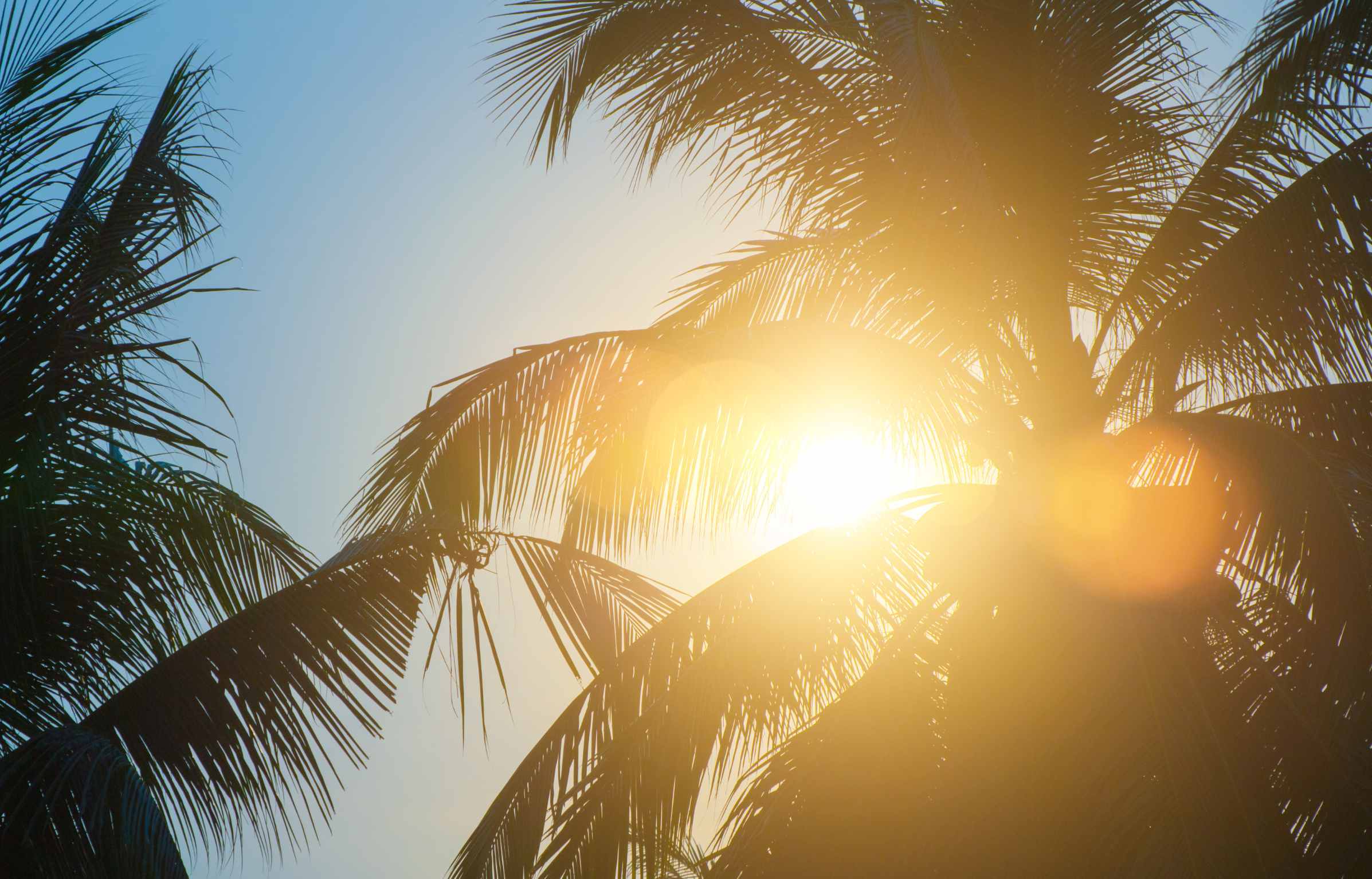
In Austin, the summers are long and hot. Winters are windy, cold, and partly cloudy. Throughout the months, the temperature generally varies between 43°F and 97°F. It seldom goes above 102°F and never below 30°F.
The hot season lasts for 3.5 months, starting from June to September. The average daily high temperature hits 90°F. The hottest day of the year typically falls in early August, when the temperature goes as high as 97°F.
The cool season lasts for almost three months, starting from late November to mid-February. The average daily low temperature is usually below 68°F. The coldest annual day is January 6th, when the average temperature drops to 43°F and goes as high as 61°F.
Precipitation
The probability of Austin receiving rainy days differs over the course of the year. A day is considered wet if it receives a minimum of 0.04 inches of water or liquid-equivalent precipitation. The wet season in Austin starts in late April and continues till mid-September. During this season, there is a 24% chance that any given day will receive precipitation. On May 27th, the chances of a wet day reach 34%.
Austin experiences drier weather for around 7.4 months, starting from September 15th to April 29th. January 1st is the day with the smallest probability of receiving precipitation (14%).
Rainfall
Austin experiences rainfall throughout the year. The highest recorded amount of rain comes around May 25th, when the rain accumulates to almost 3.9 inches. August 1st receives the least rainfall, with a total accumulation of 1.3 inches.
Sunshine
The day’s length in Austin differs substantially throughout the months. For 2021, the expected shortest day is December 21st, with only 10 hours and 12 minutes of sunshine. Austin observes Daylight Savings Time. For this year, DST started on March 14th and is expected to last for 7.8 months, ending on November 7th.
Humidity
Austin goes through high levels of variation in perceived levels of humidity. The humid period begins around mid-April and continues till October, for almost 6.5 months.
Wind
Winds are experienced in Austin throughout the year at any given location. However, the windier part of the season begins from late October to mid-June, lasting for around eight months. The calmer part of the season lasts for almost four months, starting from mid-June and lasting all the way to early November.
Job Growth and Unemployment Rate in Austin

In terms of job growth, the city fared at the second position from February 2020 to February 2021. The Austin chamber totaled 67,500 job postings in March, which was an increase of 4,100 compared to February. New business relocations and expansions have also been announced, which represent 7,575 new jobs. The city’s February unemployment rate stood at 5.6%, compared to Texas’s unemployment rate of 6.9%.
Within Austin, Travis and Williamson Counties experienced the lowest unemployment rate of 4.7% in June 2021. On the other hand, Cladwell County had the highest rate standing at 6.0%. The unemployment rate in Bastrop County is 5.5%, and 5.0% in Hays County.
In June, Austin’s unemployment rate was 4.4%, which went down from 4.6% in May. In June, the rate in Texas stood at 6.5%, which also went down from 6.6%. The nationwide rate was 5.9%, which increased from 5.8% in May.
In Austin, a relatively higher concentration of resident employees was found in the north and northwestern regions, around Cedar Park, Leander, and Pflugerville. A decent number of workers is also concentrated in South Austin.
Even though recent employment figures show recovery since the pandemic hit, the unemployment rate remains above its typical level of 3% or less. That’s because the popular growth in the Austin area, including Hays, Caldwell, Bastrop, Travis, and Williamson, has inflated the labor force.
Higher Education Opportunities in Austin ?

Education is an important consideration when relocating to a new city. After all, the quality of education in a society determines a lot of things, from the house’s resale value to neighborhood schools.
One of the key reasons a lot of people choose Austin as their relocation destination is its educational opportunities. The city is diverse when it comes to options in education, including more than 100 private schools, 29 public school districts, and 27 charter school districts.
Money magazine has also, time and time again, ranked Austin as one of the “Top 10 Best Cities”. This decision was made on the basis of family income, job growth, property prices, and high-quality schools. Four of the metro Austin area’s key public school systems were labeled amongst the best in the country in Expansion Management Magazine’s “Metro Public Schools Quotient.”
Austin is also considered one of the best cities in terms of higher education. The American Institute for Economics Research named Austin as the 2nd best “mid-size metro college destination.” These rankings are made in 3 categories, including quality of life, professional opportunities, and academic environment.
The University of Texas Business, Law, and Engineering schools have also been recognized among the “Top 10 schools for Hispanics”. This ranking was done by Hispanic magazine.
Top Places to Visit in Austin

Austin offers a rich cultural experience with an array of attractions that cater to all age groups. With plenty of natural spaces, nature lovers can have fun without breaking the bank. Whether you are relocating to Austin and are a science geek, a foodie, or a glam lover, you will find something that piques your interest.
Here is a list of top places that are a must-visit in Austin:
State Capitol
Perched in the center of the city is Texas’ legislative center, the State Capitol. The facility was established in 1888, and the 14 feet tall pink granite landmark is taller than the Capitol in Washington DC. The majority of the capital still looks the same as it did centuries back. This includes the 218-foot rotunda, the governor’s room, and the Hall of Representatives.
As a visitor of the State Capitol, you can explore the building’s grounds on your own or on a guided tour. You can also tag along the free guided tour, which usually lasts around 30 minutes. Tours are offered on a daily basis, though the timings might differ. You can also learn more about the history of Texas through different exhibits placed inside the Capitol Visitors Center.
Mount Bonnell
For an exhilarating view, head to Mount Bonnell at Covert Park. From there, you can see a panoramic view of the city, the neighborhood hills, and Lake Austin. The 5.1 –Acre Park has a rich history and is home to a 775-foot high outcrop. This spot is considered the highest in the area. Mount Bonnell is seen as a historic landmark of Texas and has also made it to the list of the National Register of Historic Places.
It is located alongside the Lake Austin area of the Colorado River and has been a popular tourist destination since the 1850s. For the best view, visit the Mount on a clear day. You will have to climb 102 steps to reach the peak, after which you will see a rocky limestone outcropping. A lush area of live oak, mountain laurel, and ash juniper surrounds this. The park is free to visit, and the parking on Mount Bonnell Road is also free.
Ziker Metropolitan Park
Adjacent to the downtown Austin River, the Ziker Metropolitan Park is considered the best place to live. The 351-acre area contains the city’s most renowned attractions, such as swimming holes and art museums, athletic fields, and open spaces. Whether you want to swim, ride in a canoe, or dig for fossils, you will find various options to explore there. To fully explore the park, you will need to allow one to two days so you can witness the best of what it has to offer. The park is open daily from 5:00 am to 10:00 pm, and you can go in for free. Drop by during a weekday to avoid large crowds and easy parking.
Blanton Art Museum
This Museum of Art is located on the University of Texas Austin campus and is a must-see for art lovers. It is one of the biggest university art museums in America and contains over 18,000 art pieces. These include a wide variety of art, such as Baroque and Renaissance, by popular artists like Poussin and Rubens. You will also find a vast collection of modern Latin American art.
Though small, the Blanton Museum of Art is still worth dropping by. You can also find the Bullock Texas State History Museum right across the street from Blanton Museum. Entry tickets are $12 for adults and free for children aged 12 and younger. However, you can visit the museum on Thursdays when it’s free.
Sixth Street
A visit to the “Live Music Capital of the World” will not be complete without exploring Sixth Street. After its restoration by the National Register of Historic Places, Sixth Street is now a hub of musical entertainment in Austin. The area is abuzz with activity from bars, restaurants, live music joints, and shops. The abundance of venues appeals to all age groups, from low-key bars to rowdy and high-end bars.
Lady Bird Johnson Wildflower Center
The Lady Bird Johnson Wildflower Center is a great place for nature lovers. At present day, the center is America’s biggest research library for intrinsic plant studies. Visitors from all around the country come here to enjoy over 970 species of Texan flora, including primrose and bluebonnets. These species grow on more than 284 acres of gardens and along over 2 miles of hiking trails. The center also has an observation tower, a gift shop, and a café.
Visitors say that, when relocating to Austin, the facility is mesmerizing throughout the year, but the best times to visit are during the summer and spring seasons. The Lady Bird Johnson Wildflower Center is open daily from 9:00 am to 5:00 pm. The entry fee is $12 for adults, $10 for senior citizens and students, and $6 for children aged 5 to 17. Children aged four and under can enter for free.
McKinney Falls State Park
The McKinney Falls State Park provides a relaxing getaway for campers looking to escape the heat. The Onion Creek flows in the park, and around 9 miles of hiking and biking trails are also present. These trails take hikers and bikers around the park’s wooded areas and limestone formations. Once you have a tiring day at the trail, you can wind down at one of the park’s 81 campsites or 6 of its cabins.
These camping posts, ideal for individuals contemplating relocating to Austin, offer raised tent pads for effortless setup while safeguarding the city’s greenery. It’s worth noting that the river tends to dry up completely during the dry season, so plan your visit accordingly.
You can visit the McKinney Falls State Park any day between 8:00 am to 10:00 pm. Admission for adults is $6, while there is no charge for children aged 12 and under. You can rent a campsite at the park starting at $20 per night, excluding the daily fee.
Top Things to Do in Austin
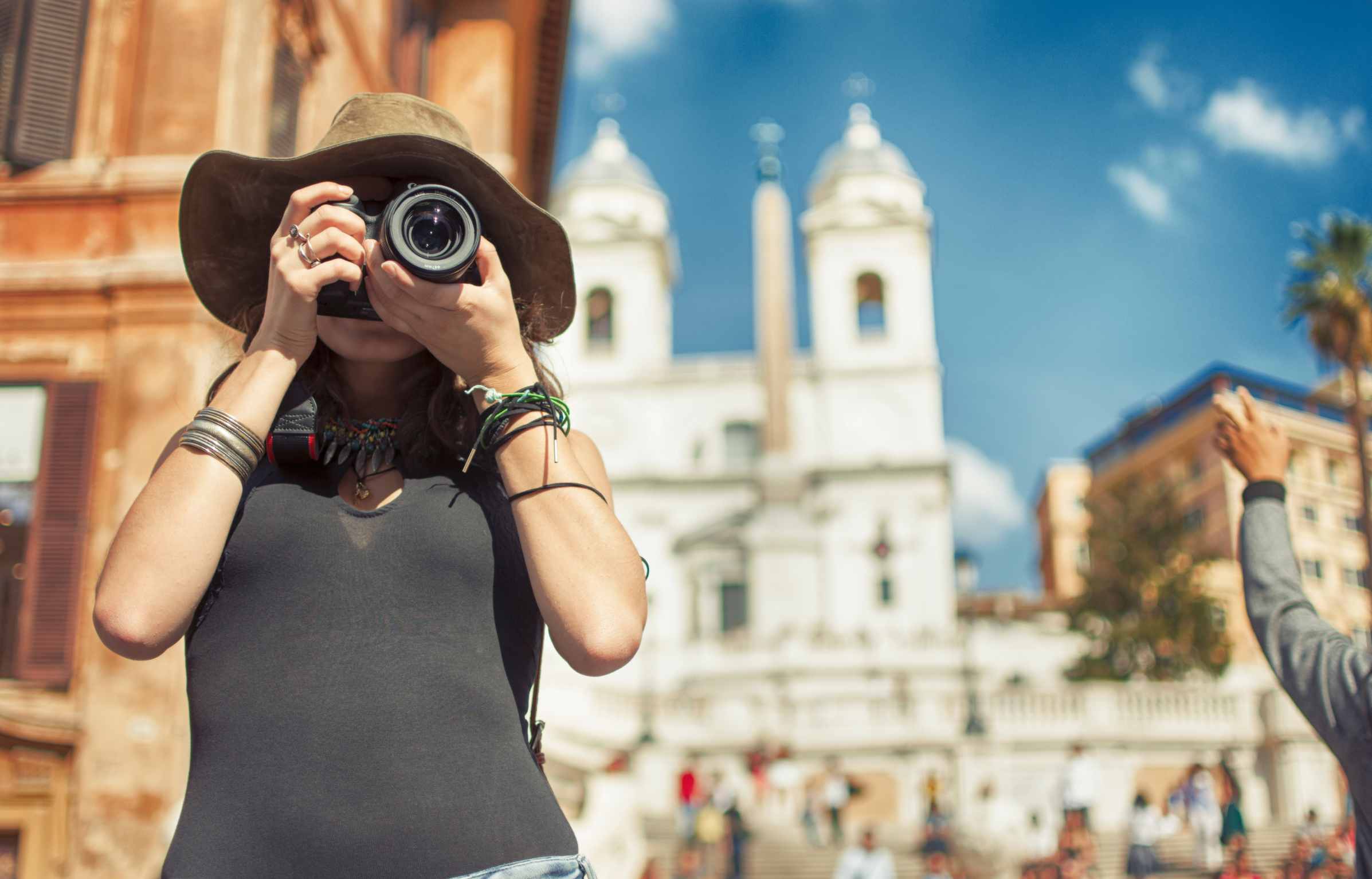
Austin, Texas, buzzes with energy and is famous for its dynamic live music scene that includes country, blues, and rock genres. This city’s unique character is further enhanced by a wide range of cultural and recreational activities. Food enthusiasts will love Austin for its impressive culinary offerings, from delightful gourmet food trucks to elegant fine dining establishments.
When in Austin, make sure to check out these top activities:
Watch the World Famous Congress Bridge Bats
The spectacle starts 30 to 60 minutes before sunset, which usually means 7 30 pm to 9:00 pm during bat season. Arrive 90 minutes before to get a good seat.
Take a Haunted ATX Tour
The Haunted ATX van and hearse limo tour is one of the many unique experiences that sets Austin apart. You can get spooked out with your friends and family as you sit in the vehicle and cruise around historic locations. During the duration of the tour, you will hear ghost tales and stories of haunted landmarks. Tours cost $49 each but include 3 hours full of entertainment, making the tickets totally worth it. Get ready for a trip packed with chilling stories, Austin’s history, and intriguing backstories of some of the city’s remarkable landmarks.
Have Fun with Austin Duck Adventures
Test yourself at the Lake Travis Waterloo Adventures
Lake Travis Waterloo Adventures offers one of the most fun and unique activities in Austin. It opens in May and features different aquatic adventures. If you are a fan of shows like Total Wipeout, you will definitely enjoy this outdoor facility. Plus, the scenery is excellent, allowing you to take memorable photos.
Feast in one of Austin’s Fine Restaurants
Austin is famous for its dining scene, and the city has the most restaurants per capita. You will find a sea of options, from high-end gourmet restaurants to food trucks. You can also find any cuisine of your choice, including Japanese, Thai, and Indian.
Some of the best restaurants to try are Parkside on 6th Street, Wu Chow on West 5th, Buenos Aires on East 6th, and Jeffrey’s on West Lynn.
Test Your Aiming Skills at a Gun Range
Show off your shooting skills at The Range in Austin, a perfect way to enjoy your time after relocating to Austin. The facility features cutting-edge design and an immersive experience that begins the minute you step inside. You can choose from a variety of packages, such as pistols, modern rifles, revolvers, and shotguns. Packages start at $49 and can go all the way up to $199. A Safety Officer will be there to help you out from start to finish and make sure you are having fun in the process.
Rent a Boat
The boat scene at Devil’s Cove has earned its title due to boats tying together and creating a dance floor. Party Cove on Lake Austin is a tad bit closer but just as fun. Both lakes have skiing and wakeboarding services.
Go for a Hike on the Barton Creek Greenbelt
Beginning at Barton Springs Pool, the Creek Greenbelt is Austin’s most famous treasure. Areas like the Flats, Sculpture Falls, and Twin Falls are the most popular spots amongst visitors. Twin Falls has one of the better waterfalls, whereas Sculpture Falls is best if you are looking for a quieter time. You can also indulge in different adventurous activities like mountain biking, rock climbing, hiking, and other fun outdoor activities. The best time to visit is when the water is flowing.
Top Festivals in Austin
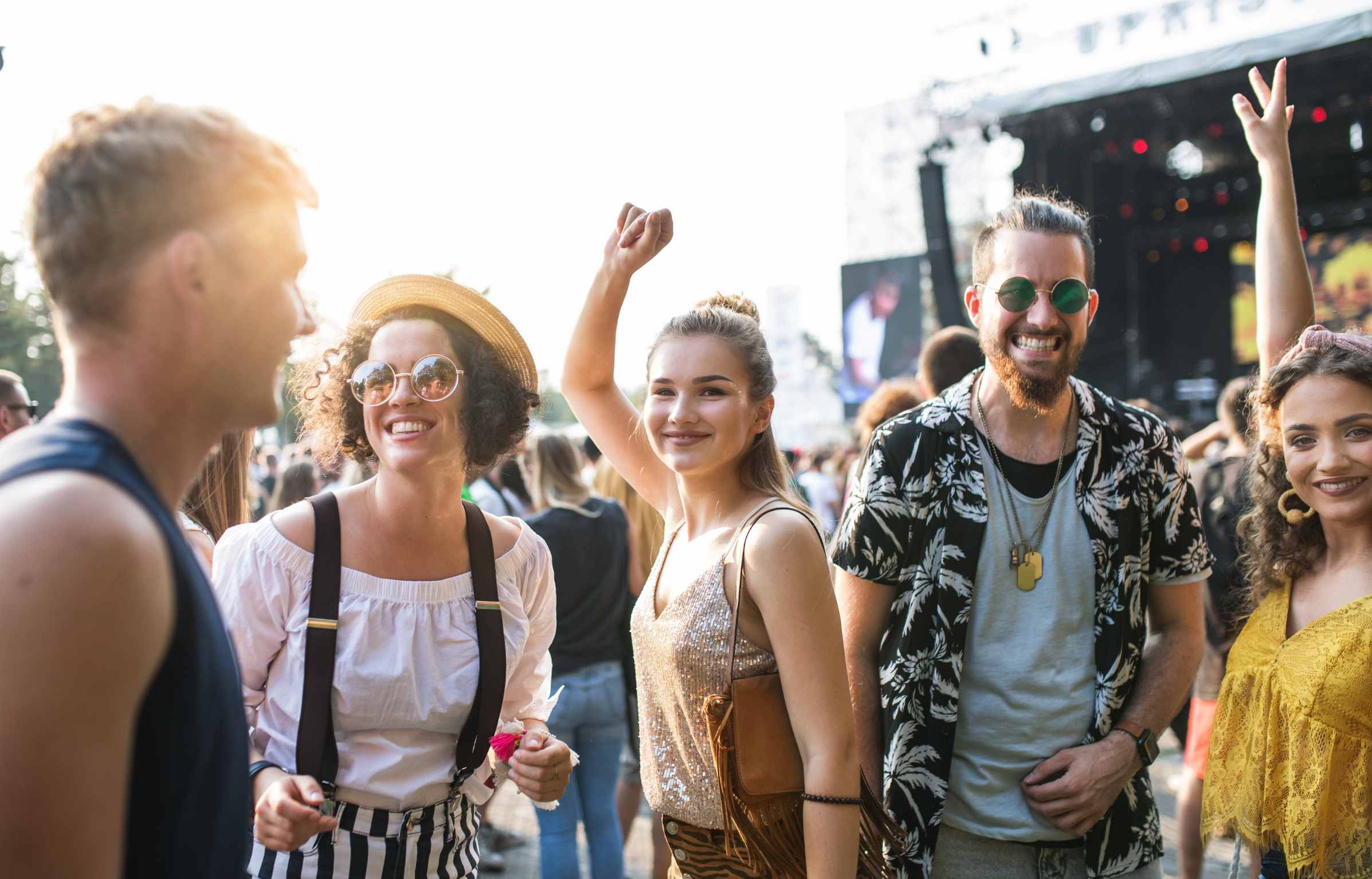
Austin City Limits Music Festival
The Austin City Limits Music Festival (ACL) takes place every October at Ziller Park for two back-to-back weekends. Whether you wish to visit from 1st to October 3rd or 8th to October 10th, you can expect to see more than 140 bands on eight stages. Besides that, you will find various art stalls, yummy foods, and access to different entrepreneurs and startups. This year, the lineup is just as diverse as in previous years, including Jay Z, The Killers, and Bonobo.
South by Southwest (SXSW)
South by Southwest began as a music festival in 1987 in downtown Austin and gradually diversified to technology and film segments. However, music has remained its most famous arena. Whether you are here to make friends, attend a conference, or enjoy the music, SXSW offers a unique experience. From marketing to film and coding to music, high-profile people from different industries come together at SXSW to discuss the future of their markets.
SXSW hosts numerous festivals that start from March 16th to the 20th. These include film, comedy, music, and immersive arenas like award shows, advance showcases, and parties.
Rodeo
Rodeo is a famous Austin festival that will satisfy any thrill-seeker. The rodeo takes place each year in March, starting on the 13th and ending on the 27th. It features some of the best professional riders, as well as pig races and a Wild West Show. Visitors can also enjoy carnival at the country fair, which can be a great spot to hang out with the family.
Another fundamental feature of the Rodeo show is its yearly stock show, a must-see event for those relocating to Austin. Exhibitors from all over the US come together to display their horses and livestock. Even kids have their version of the competition. Of course, you will find a segment of live music so you can dance to your favorite tunes with friends or family.
Moontower Comedy Festival
Moontower Festival started in 2012 and now hosts famous comedians like Maria Bamford and Aziz Ansari. The event continues for three weekends across three different venues in downtown Austin, making it rather flexible to attend. You can purchase your ticket either for a day, for a particular artist, or for the entire three-weekend festival. You might also get an opportunity to check out a live session of the podcast.
Kerrville Folk Festival
In Conclusion,
If you are considering relocating to Austin, you’ll be pleased to know that Austin has routinely been added to the list of cities that are most livable in America. This is due to its warm weather, affordable housing, quality educational opportunities, and lively cultural atmosphere. The job market is currently recovering and expected to flourish in the coming years, and there are numerous options for living. The people are friendly, and the city offers many recreational activities to keep you busy and happy.
All in all, Austin is a good choice to relocate if you are looking for a fresh and comfortable start.
Are you planning to relocate to Austin?
Relo.AI offers comprehensive guidance for individuals as they transition to this vibrant city.
Schedule a consultation today to discover how we can assist you in your journey to relocate to Austin. ?
Jumpstart your relocation adventure by filling out the form now.







